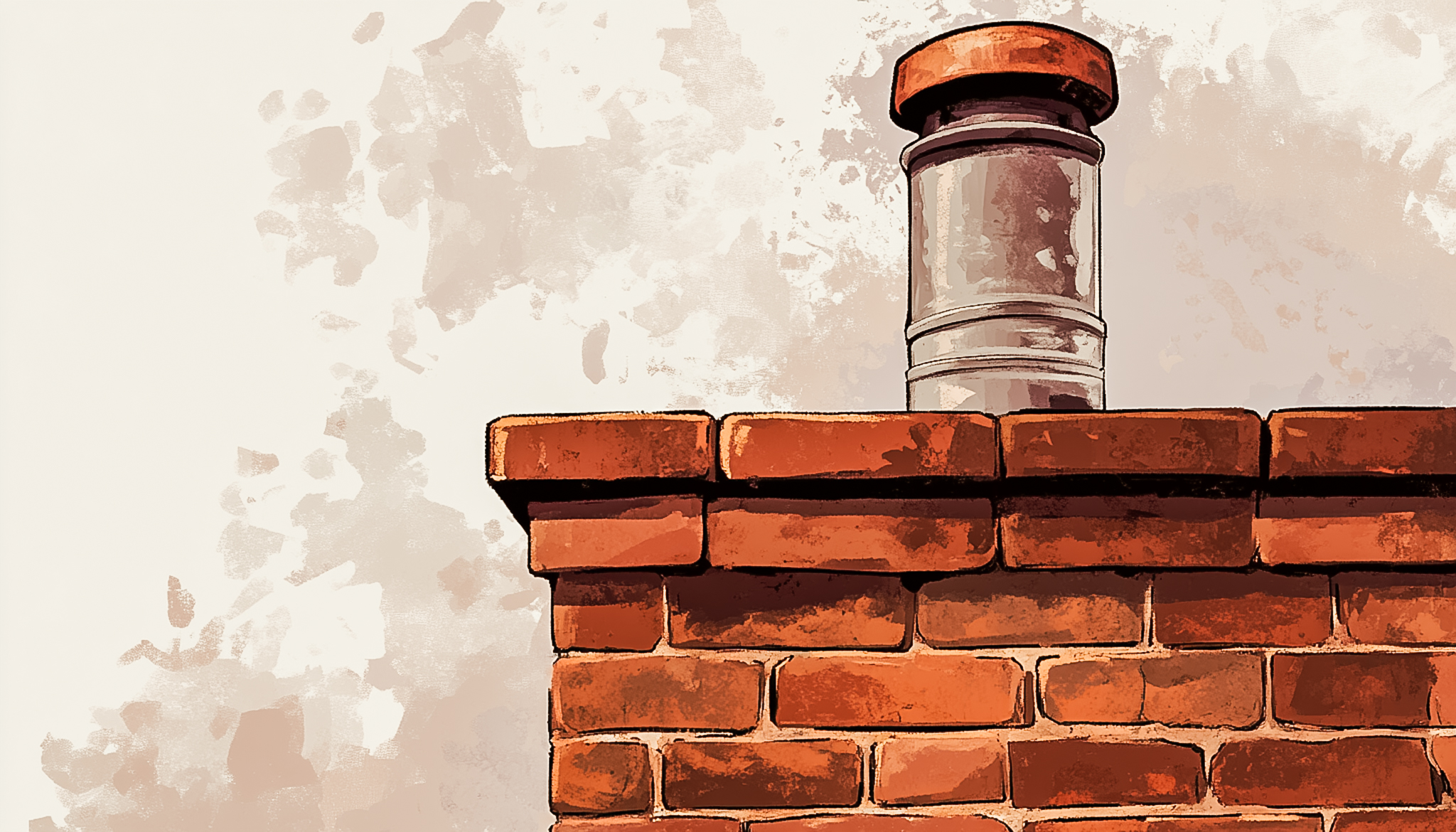CHIMNEY TIPS
CHOOSING THE RIGHT CHIMNEY LINER FOR YOUR HOME
October 8, 2024

When it comes to the safety and efficiency of your chimney, choosing the right chimney liner is one of the most important decisions you can make. A chimney liner acts as a protective barrier between the interior of your chimney and the walls of your home, shielding it from high heat, corrosive gasses, and harmful byproducts of combustion. Without the proper liner in place, your home could be at risk for dangerous chimney fires, structural damage, or even harmful carbon monoxide leaks.
With several types of chimney liners available, each suited for different fuel types and chimney configurations, knowing which one to choose can feel overwhelming. In this guide, we’ll walk you through the different types of chimney liners, what factors to consider when making your choice, and why professional installation is essential. By the end, you’ll have a clear understanding of how to select the best liner for your home and ensure long-term safety and performance.
What Is a Chimney Liner?
A chimney liner is a crucial component of your chimney system, designed to contain the combustion byproducts from your fireplace or stove and direct them safely outside. It acts as a barrier between the hot gasses and the interior of your chimney, preventing heat and corrosive materials from damaging the structure.
Chimney liners are typically made from clay tiles, metal, or poured cement, and each material serves to protect your home in different ways depending on the type of fuel used.
The main function of a chimney liner is to prevent excessive heat transfer to the combustible materials surrounding your chimney, such as wood framing. Without a liner, high temperatures can lead to chimney fires.
Liners also improve the efficiency of your heating appliance by providing a smoother passage for gasses to escape, which can reduce creosote buildup—a leading cause of chimney fires.
In many areas, building codes require that chimneys be lined to meet modern safety standards, especially when a new appliance is installed or when significant repairs are made to an existing chimney.
Types of Chimney Liners
Clay Tile Liners
Clay tile liners are one of the most traditional and widely used options, particularly in older homes. Made from terracotta clay, these liners are installed in sections during the construction of the chimney. They are known for their durability and affordability, making them a cost-effective choice for homeowners.
However, while clay tile liners are highly durable, they are also prone to cracking over time, especially under extreme temperature changes. This can make them less effective, particularly for gas appliances that produce more condensation, which can damage the clay.
Metal Liners
Metal liners, commonly made from stainless steel and aluminum, are a popular choice for modern chimney systems or when relining an existing chimney.
Stainless steel liners are versatile and work well with wood, gas, and oil-burning appliances, offering superior resistance to corrosion and high heat.
Aluminum liners, on the other hand, are more suitable for gas appliances only due to their susceptibility to damage from high temperatures.
Metal liners are long-lasting, easy to maintain, and better suited for venting modern appliances. The main drawback is the higher upfront cost compared to other liner types, but their durability often justifies the investment.
Cast-in-Place Liners
Cast-in-place liners involve a poured mixture that hardens to form a seamless, insulated barrier inside the chimney. This method is often used to restore old, damaged chimneys, as it fills in cracks and provides excellent insulation properties. One of the major advantages of cast-in-place liners is their ability to conform to most chimney shapes, offering a smooth, custom fit.
However, this method can be more costly and complex to install due to the specialized equipment and expertise required. Despite the higher installation cost, cast-in-place liners provide superior durability and insulation, making them a worthwhile option for homeowners seeking long-term protection.
Things to Consider When Choosing a Chimney Liner
Fuel Type
Chimney Size & Shape
Longevity & Maintenance
Signs It's Time to Replace Your Chimney Liner
Why Professional Installation is Important
Key Takeaways:
- A chimney liner is essential for protecting your home from heat transfer, preventing chimney fires, and improving efficiency.
- There are three main types of liners:
- Clay Tile Liners: Durable and cost-effective but prone to cracking.
- Metal Liners: Stainless steel works for wood, gas, and oil appliances, while aluminum is suitable for gas only. They are long-lasting but have a higher upfront cost.
- Cast-in-Place Liners: Seamless and highly insulated but more expensive and complex to install.
- Consider factors like fuel type, chimney size, and liner longevity when choosing the right liner for your home.
- Professional installation ensures a proper fit, sealing, and adherence to safety codes, reducing risks associated with DIY installation.
- Signs you may need to replace your chimney liner include visible damage (cracks, rust), reduced heating efficiency, and unusual odors or buildup in the fireplace.
GET IN TOUCH
Whether you have questions, need assistance, or just want some advice, we're here to help. Fill out the form and let us know how we can assist you.
